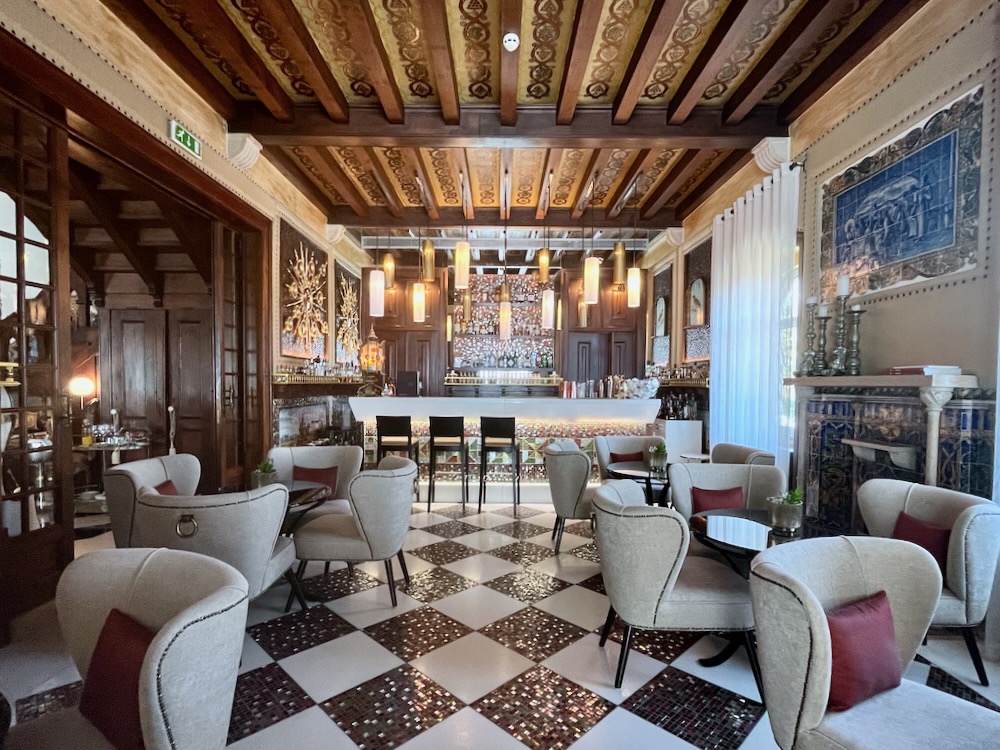
Columbia Hillen
Every tile tells a story.
Or at least that’s the situation at the 5-star Bela Vista Hotel & Spa in Portimão on Portugal’s Algarve coast.
Century-old hand-painted tiles adorn the walls of this 38-room hotel, none more so than on the ornate wooden staircase leading up to the bedrooms. Here, a series of intricately designed tiles illustrate one of Portugal’s most respected books, The Lusiads, an epic poem written by Luis Vaz de Camoes about Portugal’s ‘golden age’ of discovery.

Columbia Hillen
Elsewhere, an aptly-named ‘tile room’ depicts the arrival in Brazil by 16th century explorer, Vasco da Gama, while religious scenes such as the Last Supper are illustrated in other rooms.
The intricate tile work throughout the hotel is the legacy of the original owners of this 1908 building, once a stately family home. Only in 1934 was it transformed into a hotel, now expanded to 38 rooms, 10 in the main building, 21 in what are termed ‘garden rooms’ and seven in the ‘blue house,’ both on the same grounds.

Columbia Hillen
Beautiful tile work is not the only impressive artistic feature of Bela Vista. Ceilings are carved from Brazilwood, a rare variety now protected. There is also a vintage piano in the main lobby dating from 1855.

Columbia Hillen
Bela Vista, as the name suggests, occupies an envious position overlooking the ocean and Praia da Rocha (Beach of the Rocks). In many ways, the hotel is reminiscent of the 1950s Amalfi coast, a white ‘ivory tower’ like structure insulated from the busy hubbub of the streets just beyond its sturdy iron-wrought gates and with an interior design bright with colors, a vivid blue and white on chairs and cupboards and sunny yellow bedspreads.

Columbia Hillen
Our room, 102, was refreshingly decorated in hues of blue, yellow and white with tiles featuring a floral motif covering part of the walls. It also featured a wood-floored balcony with whicker armchairs overlooking the long stretch of beach.
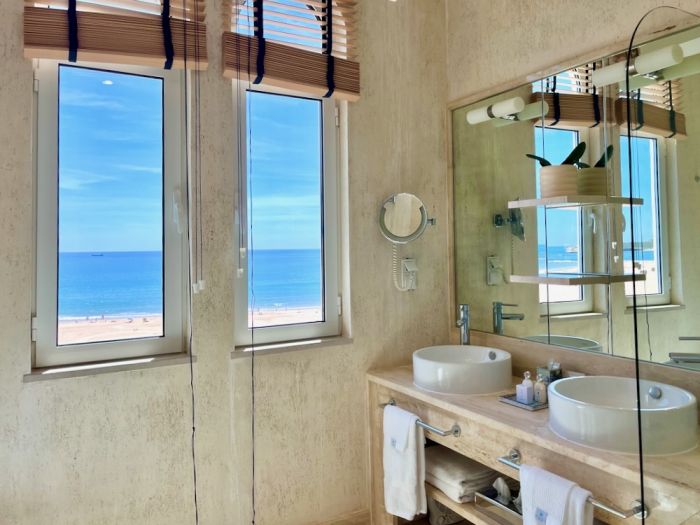
Columbia Hillen
Even the bathroom, with tub and shower and l’Occitane and Guerlain toiletries, granted clear views over the beach and ocean. A floor-to ceiling linen curtain kept the room dark at night. Two armchairs and a coffee table, a bench and chair and a wall TV were among room furnishings.
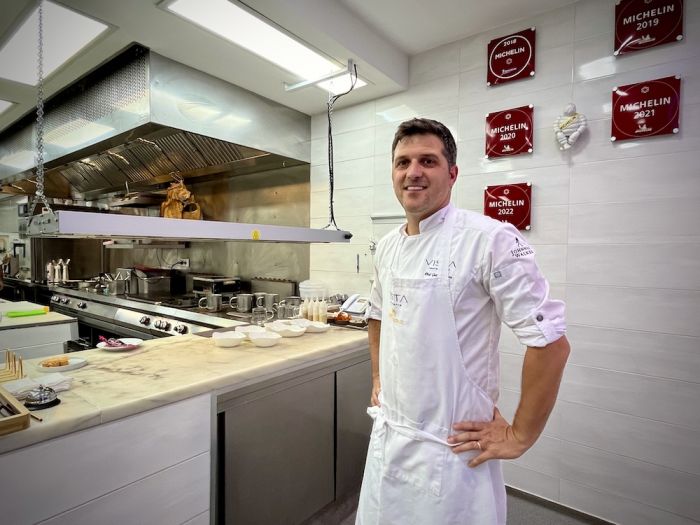
Chef Joao Oliveira. Photo by Columbia Hillen
Dining highlight of a stay at this hotel is its Michelin star restaurant, Vista.
Guests are granted a short pre-dinner tour of the basement kitchen where they meet executive chef Joao Oliveira from Porto and his team of seven chefs, as well as a visit to the wine cellar.

Columbia Hillen
The kitchen renovated five years ago has a special chef’s table for two for unique dining experiences.
Beside the kitchen is a wine cellar with, according to sommelier, Tiago Samarro, 800 different vintages, most from Portugal but also from countries such as Spain, New Zealand and Italy, all kept under constant room temperature. The oldest wine is a mid-1960s vintage.

Columbia Hillen
A ‘tactile’ menu, including grains of sand affixed to it, is provided to guests, created by local artist, Inês Barracha, followed by a jigsaw-like miniature map of three Algarvian regions indicating from which products for the restaurant’s 11-course pescatarian tasting menu are sourced.
Our dinner began with a veritable explosion of taste, a marble-size, lime-green ball filled with a liquid blend of horseradish, ginger and apple that simply blasted flavour throughout my mouth.

Columbia Hillen
Innovative dishes that followed included violet shrimp (camarao listado), a thin sheet of rice flour with the shell of a shrimp imprinted on it.
Another was a tomato dish comprising marinated cherry tomatoes from Quinta Das Castelhanas, a local farm, three tomato gels flavored with yuzu, camomile and Moroccan lemon combined with garlic flowers and capuchinha (aquatic leaves) and a sprinkling of ‘tomato water,’ all sprayed with camomile-infused vinegar.
A langoustine from Sagres slightly roasted and decorated with flowers of pickled cauliflower and an emulsion of white grape was also among the culinary offerings.

Columbia Hillen
Our dinner also included turbot and anchovies and delicious sourdough bread with olive oil from the hotel owners’ grove, Daniel Proença de Carvalho (DPC).
Even the butter on the menu is far from standard fare – being a blend of goat, cow and sheep milk, according to Neuza, our gastronomic guide for the evening.
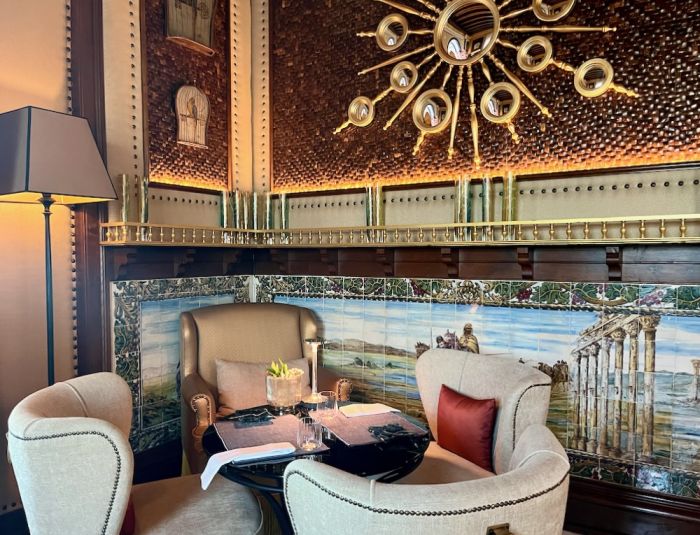
Columbia Hillen
A second restaurant is the Bistro. In season, it is outside on a poolside patio facing the beach and sea; offseason, in the elegant ambience of the bar area with a mosaic floor and what can best be described as three-dimensional wall paintings – some featuring parakeets perched on keys in a cage; others, a system of mirrors that seemed quite nautical on a background of broken coconut shells.

Columbia Hillen
A furnishing highlight is the ceiling of Brazilwood beams, deftly painted in a leaf and grape filigree.
Here we enjoyed Portuguese cod fish cakes, fresh cheese, mushrooms and thyme ravioli with celery broth and extra virgin olive oil; langoustine and scallops carpaccio with champagne and Ossetra caviar designed as a rosette reminiscent of a cactus flower like the ones on the hills nearby, formed by thin petals of langoustine and scallops, layered, with a pistil of caviar and surrounded by a smooth, champaign and butter sauce.

Columbia Hillen
A gym, and outdoor swimming pool surrounded by tall swaying palm trees and a spa offer leisure opportunities.


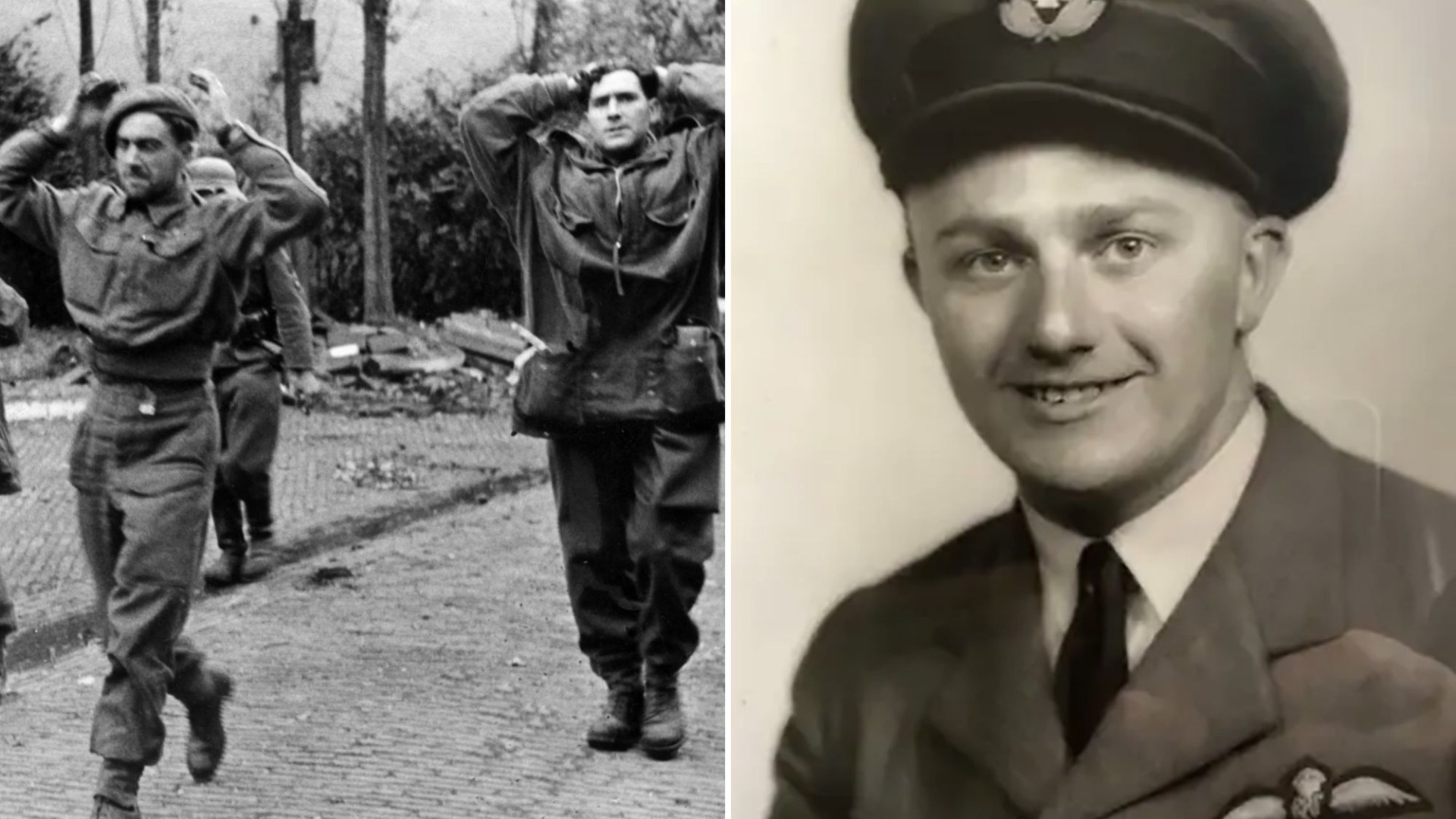







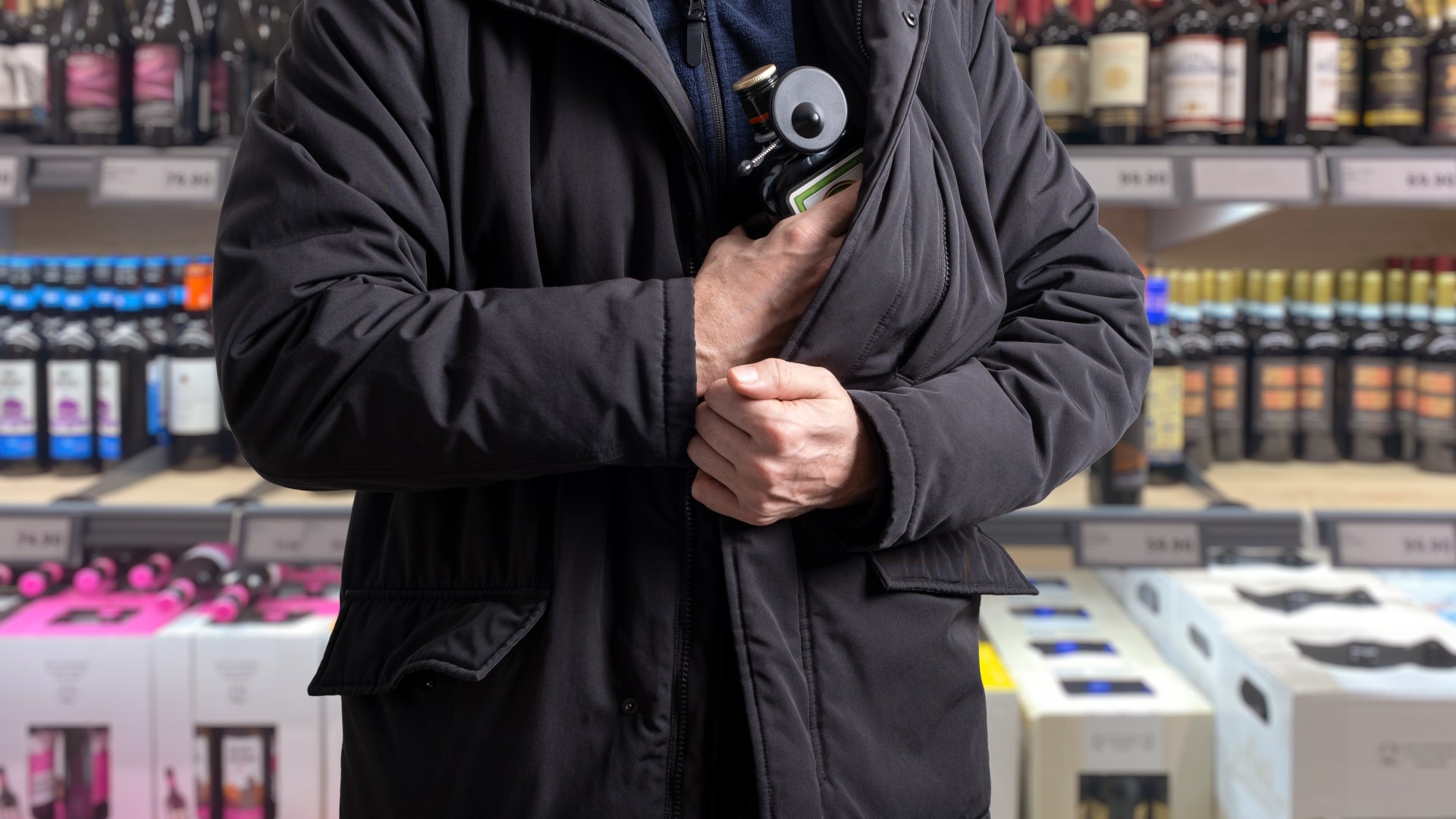















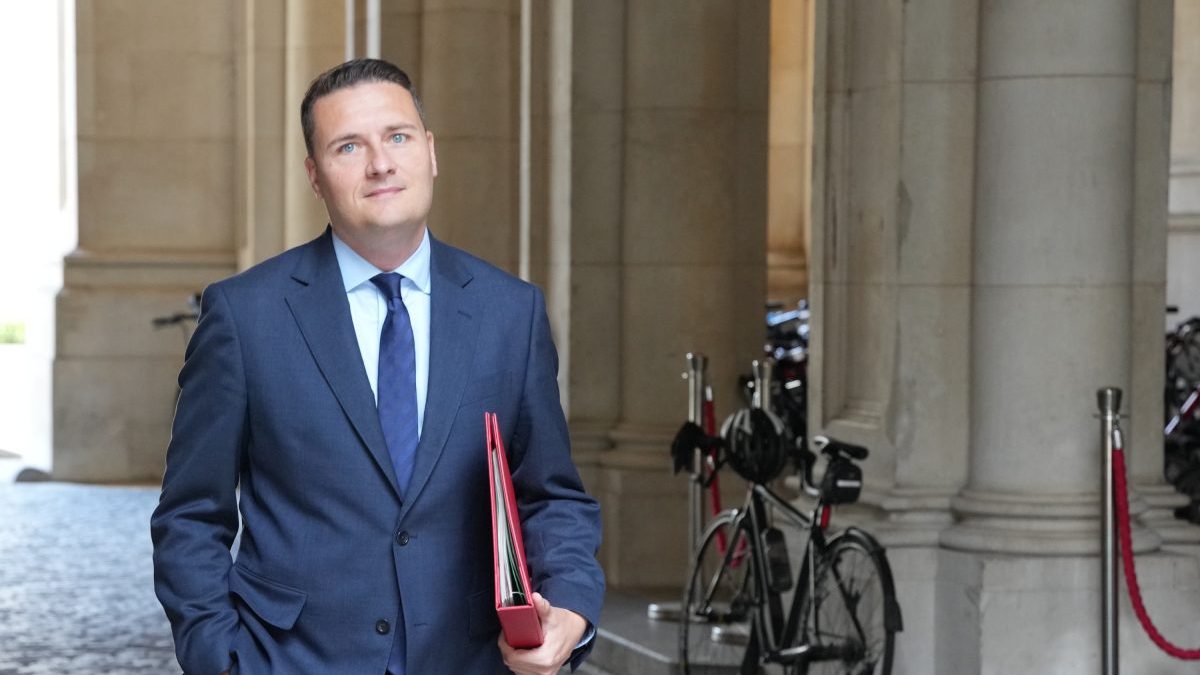























































































































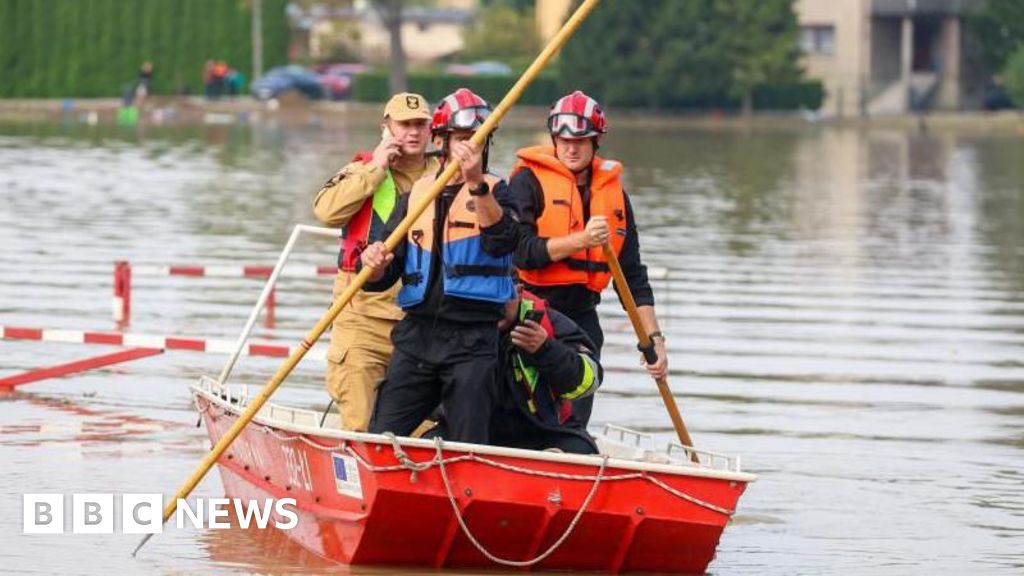

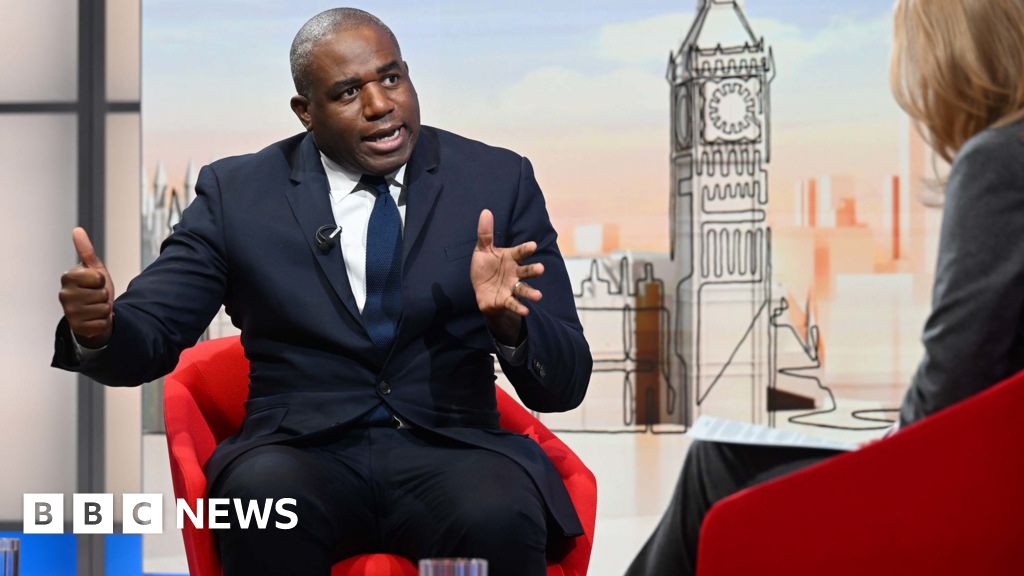

You must be logged in to post a comment Login